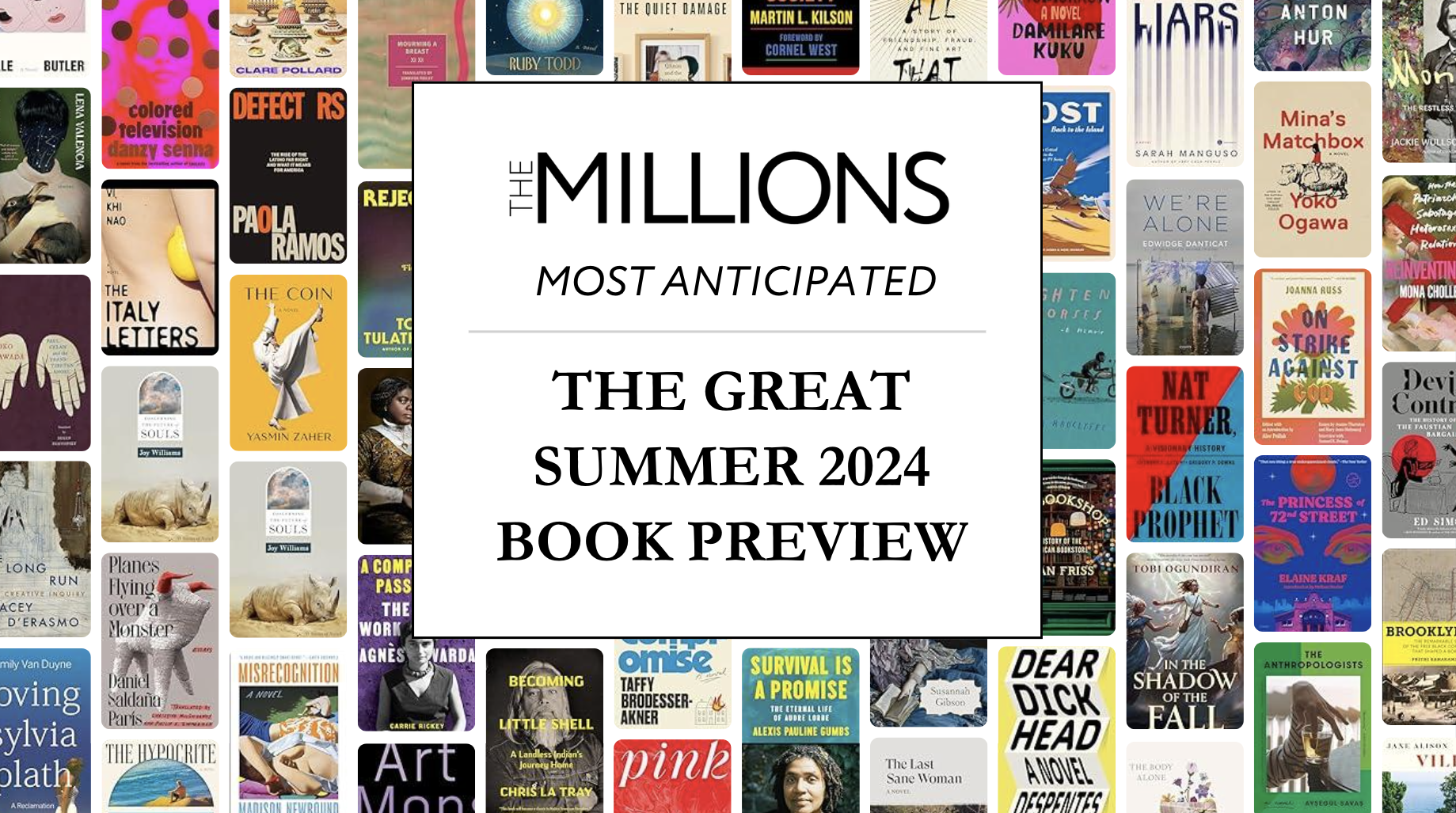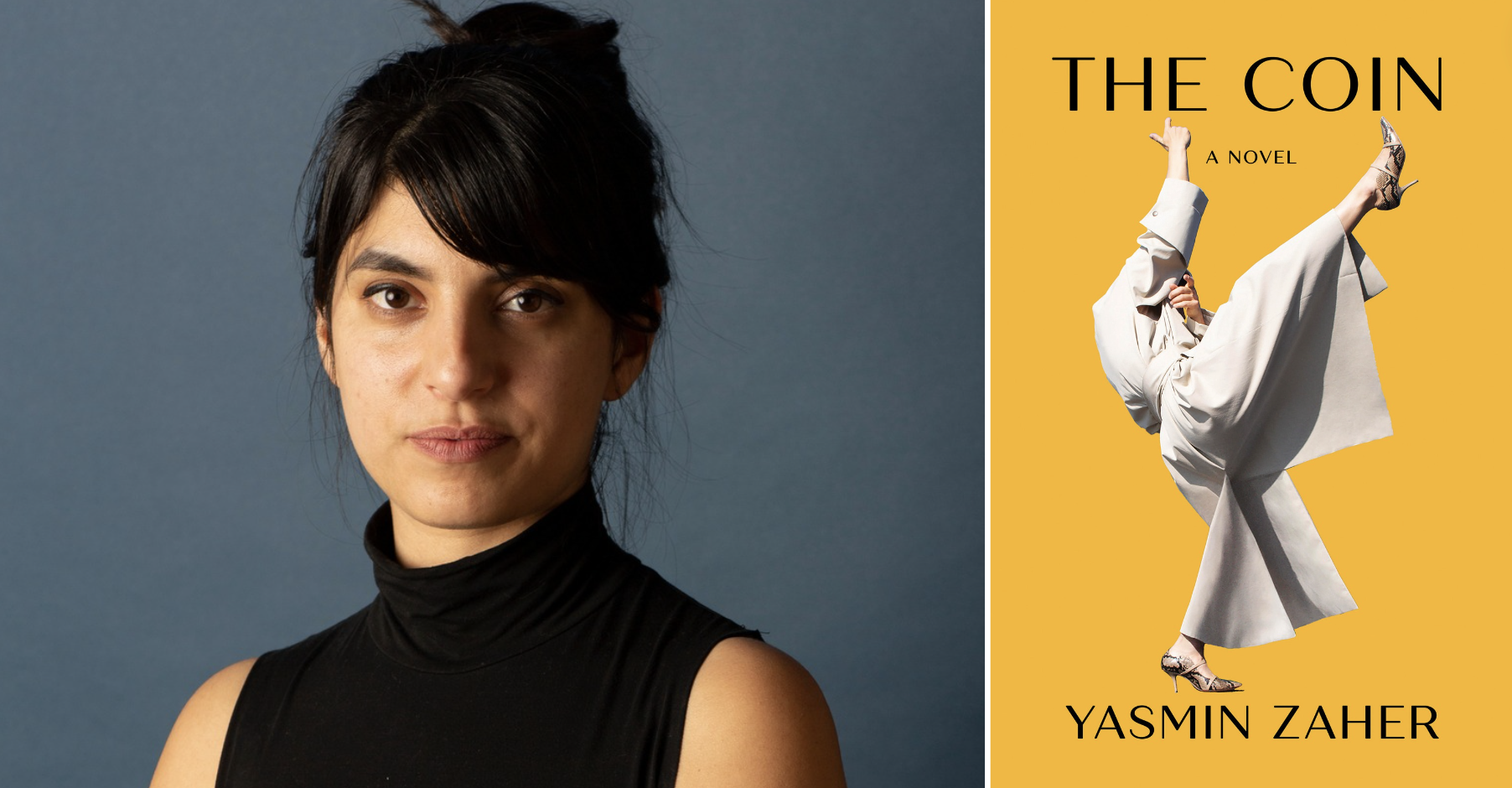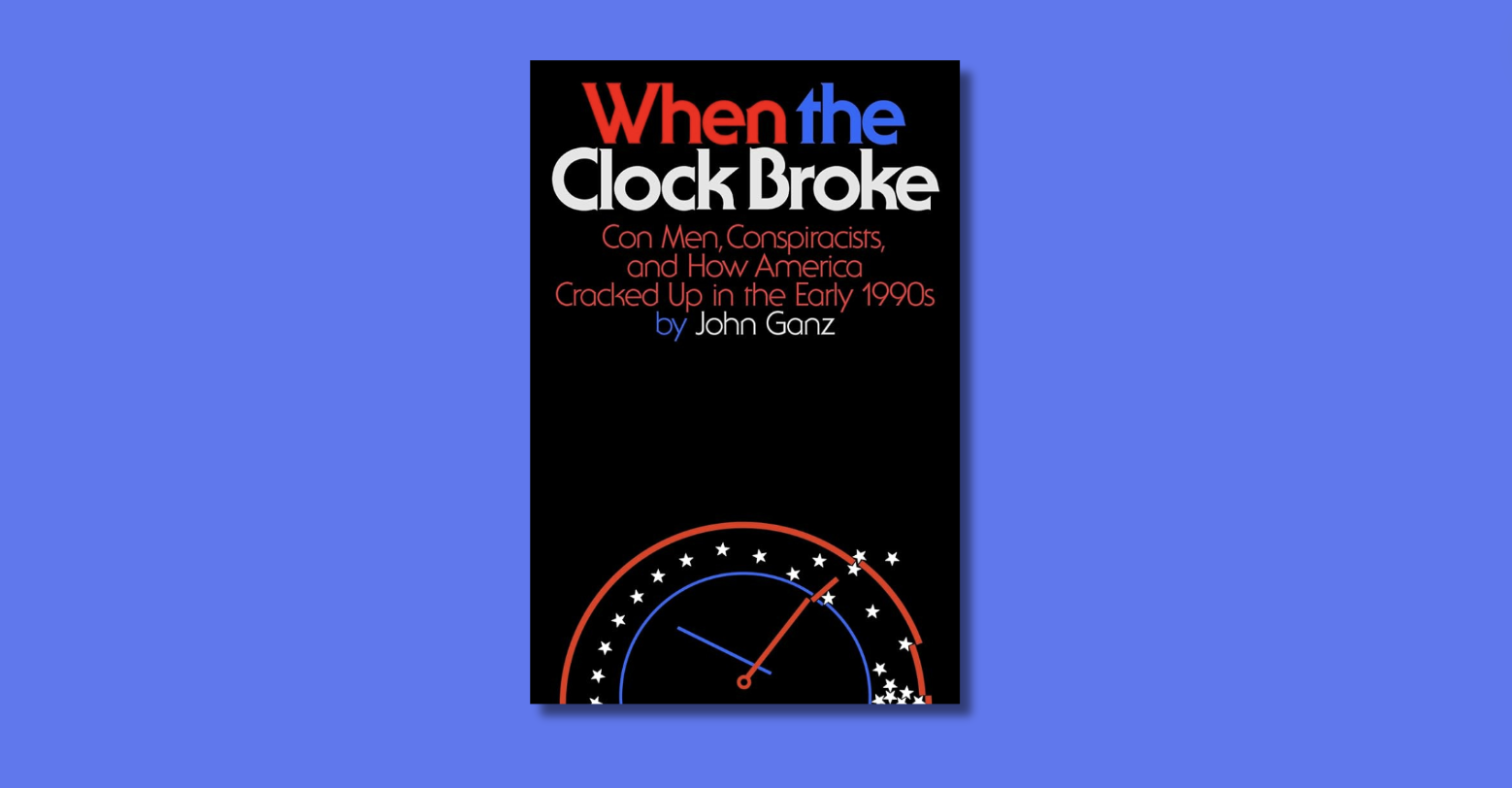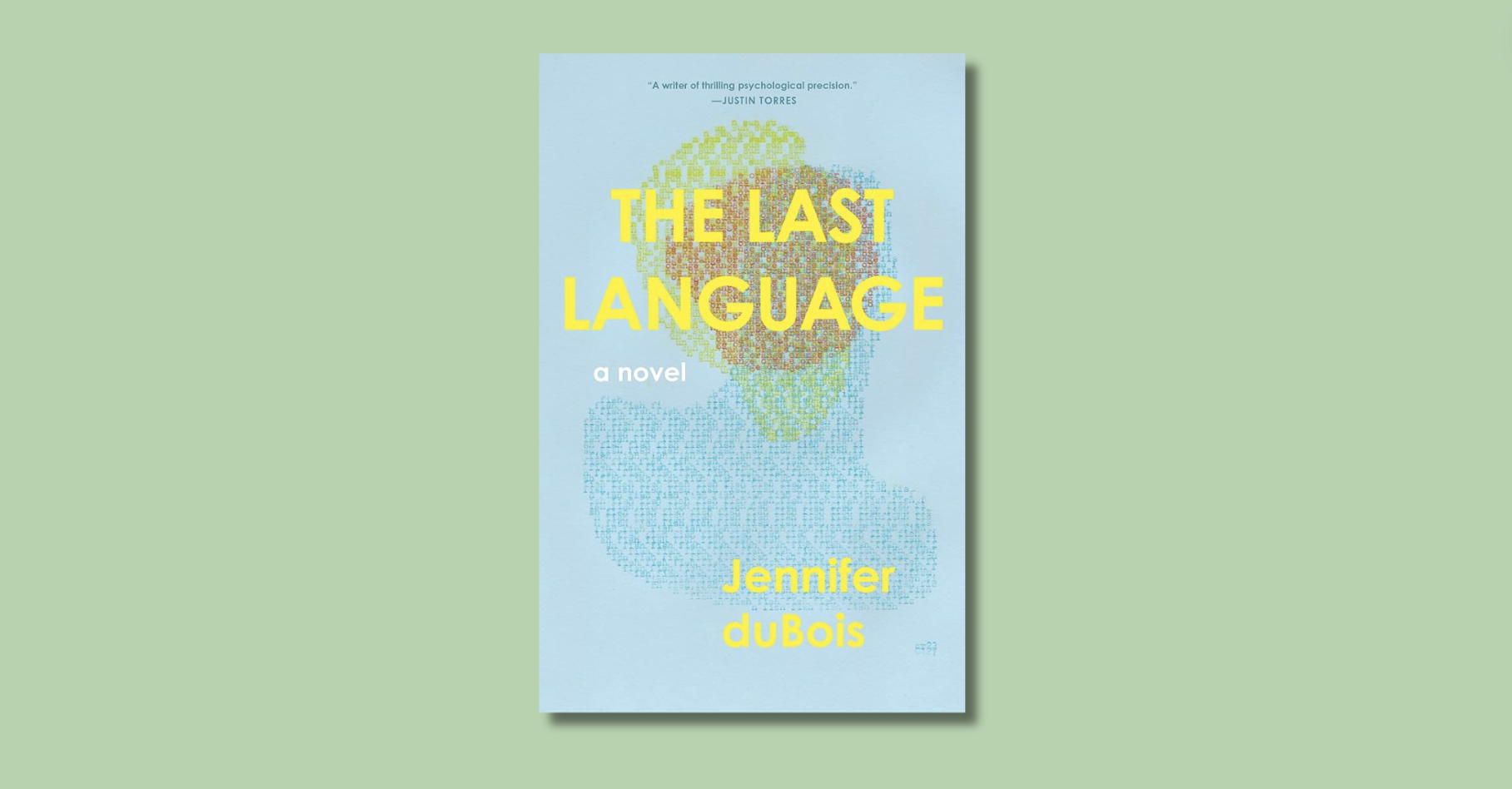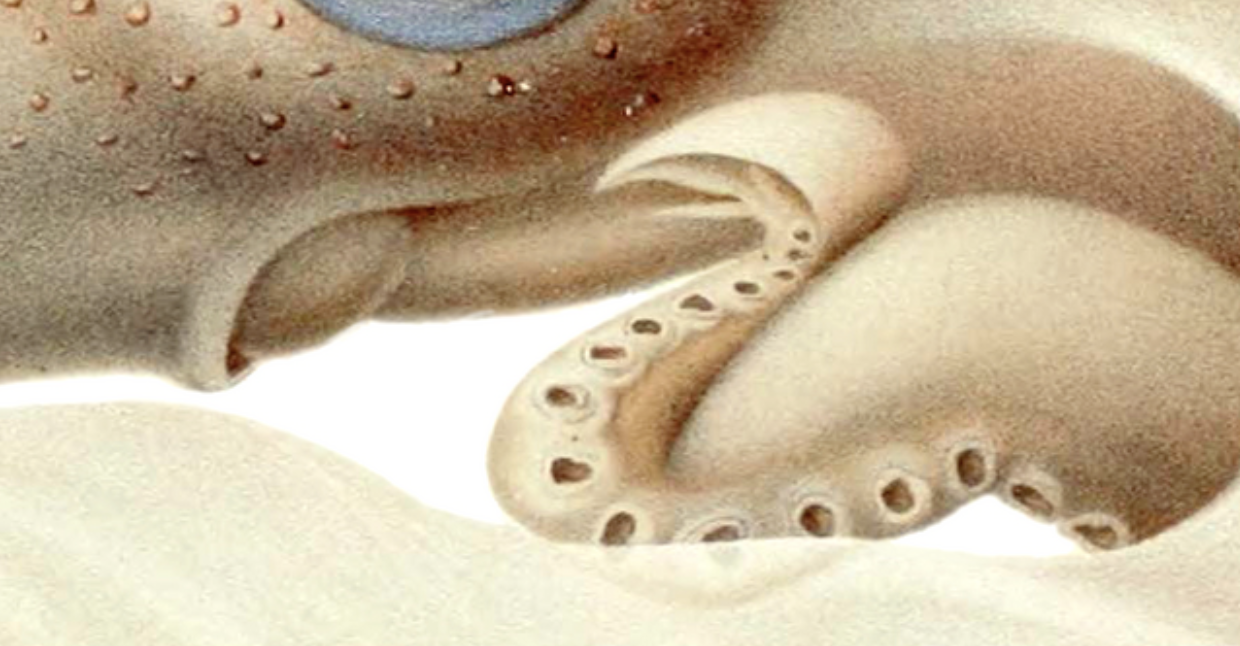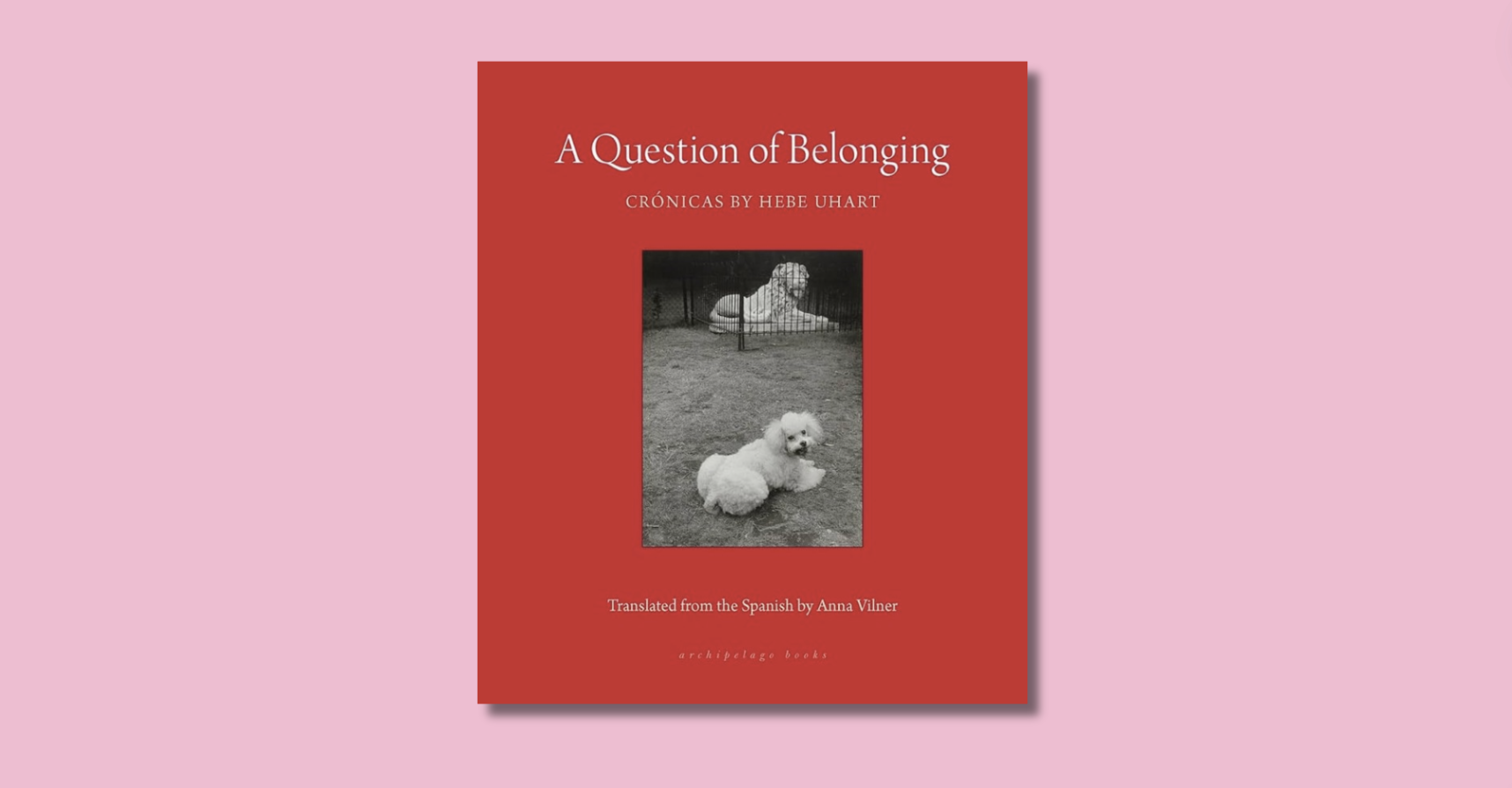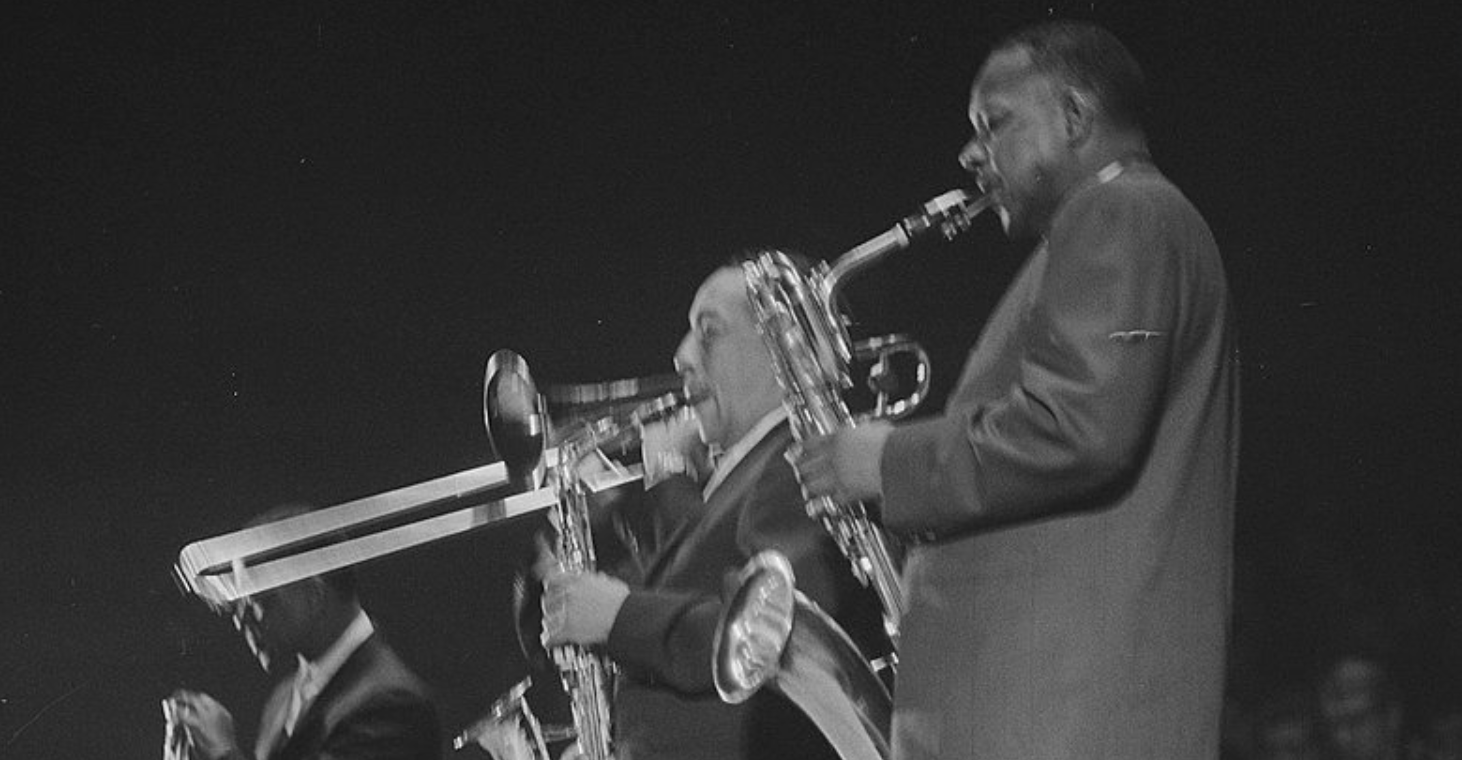There are two ways to retell an old story: just tell the same story again, or try to subvert it. The problem with fairy tales is that they are more than just old stories. They’re mythic cultural knowledge: they have been removed from their sociological roots to float in a timeless limbo, seeping into all of us since childhood. In order to subvert something, we must be able to analyze it. But writers cannot simply step outside the mythic framework of cultural knowledge. If they cannot upend the entire myth, can they subvert it at all?


 Three contemporary retellings approach the fairy tale of Snow White in interesting ways: Neil Gaiman’s story “Snow Glass Apples” from his collection Smoke and Mirrors, Emma Donoghue’s story “The Tale of the Apple” from her collection Kissing the Witch, and Francesca Lia Block’s story “Snow” from her collection The Rose and the Beast. They all twist the old story, but do they subvert it?
Three contemporary retellings approach the fairy tale of Snow White in interesting ways: Neil Gaiman’s story “Snow Glass Apples” from his collection Smoke and Mirrors, Emma Donoghue’s story “The Tale of the Apple” from her collection Kissing the Witch, and Francesca Lia Block’s story “Snow” from her collection The Rose and the Beast. They all twist the old story, but do they subvert it?
Firstly, here’s a quick refresher: Snow White is a beautiful princess whose jealous stepmother sends a huntsman to cut out poor Snow’s heart. The huntsman takes pity on the girl and leaves her in the forest, where she discovers a house of seven dwarves. Soon the stepmother discovers that Snow lives, and disguises herself as an old woman to poison her stepdaughter with an apple. Snow falls into a death-like sleep and is placed in a glass coffin, but is finally awoken by the kiss of a handsome prince. That’s the story: now for the myths.
Myth: Snow White is innocent, her Stepmother is wicked

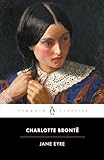
 Female antagonism is an often-repeated storyline: the virgin/whore, angel/monster. There is a tradition in literature – not just fairy tales – of the pure, silent, virginal young girl on one side, and the powerful, sexual, wicked woman on the other. Compare virtuous and selfless Emily St Aubert to greedy and vain Madame Cheron in Anne Radcliffe’s The Mysteries of Udolpho: the latter is locked in a tower, while the former lives happily ever after with her man. Similarly, in Charlotte Brontë’s Jane Eyre, powerful Bertha is locked in an attic, while good and patient Jane gets her man. Bram Stoker’s Dracula compares sexually powerful Lucy with her three suitors, to monogamous and virtuous Mina who thinks only of her fiancé. Lucy ends up dead, staked through the heart, while Mina lives.
Female antagonism is an often-repeated storyline: the virgin/whore, angel/monster. There is a tradition in literature – not just fairy tales – of the pure, silent, virginal young girl on one side, and the powerful, sexual, wicked woman on the other. Compare virtuous and selfless Emily St Aubert to greedy and vain Madame Cheron in Anne Radcliffe’s The Mysteries of Udolpho: the latter is locked in a tower, while the former lives happily ever after with her man. Similarly, in Charlotte Brontë’s Jane Eyre, powerful Bertha is locked in an attic, while good and patient Jane gets her man. Bram Stoker’s Dracula compares sexually powerful Lucy with her three suitors, to monogamous and virtuous Mina who thinks only of her fiancé. Lucy ends up dead, staked through the heart, while Mina lives.
In the fairy tale, Snow White is the innocent, lovely virgin while her stepmother is a jealous, wicked older woman. In Block’s “Snow” the mother is not a powerful and wicked witch, but a pathetic figure. She gives up her child because she does not “know what to do with her” and sits “crying in the garden” while the child screams. However, when she sees Snow with the gardener she returns with poisoned apples and tries to kill her daughter. Snow White is still cast as the blameless girl, and her mother is still jealous and deadly.
Gaiman’s “Snow Glass Apples” appears to be a subversion but is actually just a reversal of roles. Snow White is the preternatural, consuming villain; the step-mother is the victim. Gaiman’s inversion seems to question the traditional binary opposition of good girl versus wicked woman, but he has simply transposed the good and evil roles, making Snow White the wicked queen in everything but name. The tale is still one of good female against evil female. Gaiman cannot break out of the mythic framework to imagine the women as anything other than binary opposites.
The myth is truly subverted in Donoghue’s “The Tale of the Apple.” While at first the roles are again simply reversed, the two women are eventually revealed as allies. The stepmother tries repeatedly to reach out to Snow White but it is Snow herself who makes the final decision to return to the castle, bringing the two women together. It is Snow White and not the stepmother who has the power as she succeeds where the stepmother has failed, but she uses this power to bring an end to their antagonism.
The myth suggests that there are only two courses available to women: being beautiful and loved, but powerless; or being powerful, but hated and ultimately destroyed. By continuing to write the characters in these binary roles, writers are failing to confront the woman-against-woman message underlying the myth. Donoghue’s subversion suggests a way out of this bind, by letting the characters elevate themselves above this shallow jealousy.
Myth: The Prince as Savior
The myth of prince as savior makes Snow White a story of heterosexual male dominance: women need men, and without them will attempt to destroy one another. It also teaches women that they should not worry about being educated, intelligent or amusing; all they have to do is be pretty and wait. Curiously, in the original Brothers Grimm version, the male hero is incidental. He appears only briefly at the end, and is needed only to provide a husband. This minor character has since grown to become a vital part of the tale.
In Block’s “Snow,” the character of the gardener encompasses the roles of father, huntsman and prince. He awakens Snow with a kiss, but when she awakes she chooses to stay with the seven men. Snow does not choose the traditional Happily Ever After, but she still needs a savior man to wake her.
In Gaiman’s “Snow Glass Apples,” the prince still awakens Snow White and they do end up together, but it is a cynical conclusion. The prince and Snow White are a necrophile and a vampire: a far cry from the Disney ending, but still not an effective subversion, as Snow White still needs a prince.
In Donoghue’s “The Tale of the Apple,” a prince is alluded to, but he is never actually present; Snow White is awakened by the jolting of the coffin as the seven men carry her to be buried. This Snow White does not need a man to save her. Donoghue has managed to write out the prince completely and truly subvert the myth.
Myth: Snow White is Passive
In the fairy tale, Snow White is utterly passive. She expresses no desire or opinions; just reacts to other people’s actions.
Donoghue’s Snow White, subversively, is entirely active. She does not leave her stepmother’s castle because she is chased out; she leaves because she wants to. She fights her way through the dangers of the forest and forms a relationship with the seven men. She is self-sufficient, intelligent, and soon shows her courage: “One of [the men] asked me what was in my skirts to make them so heavy, and I said, Knives, and he took his hand off my thigh and never touched me again.” Finally, she returns to the castle and her stepmother because she chooses to. The myth is also subverted in Block’s “Snow.” Up until the final paragraph, Snow is utterly passive. She begins the tale as a baby, shunted from mother to gardener to seven men. She meets with the gardener and later her mother because they show up at her door. Her moment of independence comes at the story’s end, when she abandons her mother and the gardener in favor of staying with her adoptive family. It may take Block the entire tale to subvert the myth, but the conclusion finds Snow perfectly self-determining.
The myth holds Snow White up as the feminine ideal, suggesting that women should sit down, shut up, be pretty and wait for a man. It is not surprising that this has been subverted in many modern retellings. By subverting the myth, Donoghue and Block show that women can be active and decisive without becoming a wicked stepmother.
Gaiman’s retelling appears subversive at first glance, but it is soon revealed that he reiterates all the aspects of the fairy tale myth, and thus his subversion fails. Block and Donoghue manage to wrestle at least a little of the power away from the male characters and bestow it instead on the females. Donoghue in particular manages to subvert many of the most deeply ingrained fairy tale myths, producing characters with personalities who know their own minds and get what they want. The dearth of successful retellings is not through want of trying: a mythic framework formed from our earliest childhood memories can simply be too deeply ingrained to thoroughly destroy.
A prevalent idea today is that “fairy tale” translates as “perfect.” A Google search for “fairytale wedding” produces 130,000 results. We relate fairy tales to romance, perfection, childhood innocence and magic. It may not be easy for writers to give up romantic ideas of fairy tales as magical stories for children and admit the unsavory side of the myth. Perhaps we simply can’t bear to see Snow White without her prince. It may not be easy to step outside the mythic framework, but if writers are to subvert the myth they must first come to terms with it.
